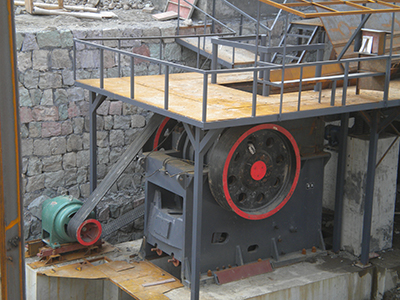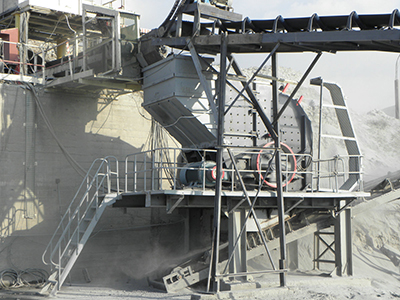 WhatsApp
WhatsApp



A limestone crushing plant with a capacity of 700 tons per hour is a significant investment for any quarry or mining operation. The primary crusher of the plant would be a large jaw crusher, which is designed to reduce the size of the limestone to a more manageable size for further processing.
The exact design of the crushing plant would depend on several factors, including the type of limestone being mined, the location of the quarry, and the specific requirements of the customer. However, some general components and considerations that would be included in a limestone crushing plant of this size are:
1. Primary crushing equipment: The primary crusher would typically be a large jaw crusher that can handle the high capacity of the plant. The jaw crusher would be fed by a vibrating grizzly feeder to remove any oversize material before it reaches the crusher.
2. Secondary and tertiary crushing equipment: Depending on the required final product size, the plant may include one or more secondary and tertiary crushers to further reduce the size of the limestone.
3. Screening equipment: After the crushing process, the material would need to be screened to ensure that it meets the required size specifications. This could be done using a variety of screening equipment, including vibrating screens or trommel screens.
4. Conveyor systems: To transport the crushed limestone between different stages of the process, conveyor systems would be required. These could include belt conveyors, which are ideal for long distances, or screw conveyors, which are better suited for shorter distances and inclined or vertical transport.
5. Dust control equipment: To comply with environmental regulations and ensure a safe working environment for employees, the plant would need to have appropriate dust control equipment installed, such as dust suppression sprays or baghouse filters.
6. Power supply and control systems: To power the plant and control the various components, a reliable and efficient electrical system would be required. This could include backup generators or uninterruptible power supplies to ensure continuous operation.
Overall, a limestone crushing plant with a capacity of 700 tons per hour would require a significant investment in equipment, infrastructure, and personnel. However, with careful planning and design, it could provide a reliable and profitable source of limestone for a wide range of industries.
